After three delays, Supercars has finally rolled out its new-for-2023 touring car dubbed Gen3.
The new-look Ford Mustang S650 replaces the S550 and the all-new Chevrolet Camaro ZL1 takes the mantle from the ZB Commodore in the wake of Holden's demise.
While new to Supercars, it's not the only category featuring the Mustang and Camaro.
Stan Sport is the only place to watch the 2023 SpeedSeries. All the action streaming ad-free, live and on demand
Since its inception, the National Trans Am Series has been home to the aforementioned pair as well as the Dodge Challenger.
Aesthetically, the new Supercars and the existing Trans Am racers bear some striking similarities.
Under the skin, the cars are drastically different.
READ MORE: Bennett lands big signing blow on Broncos
READ MORE: $1.1 billion warning for Greg Norman
READ MORE: Tyson Fury's ultimatum for brother in Paul fight
ULTIMATE GUIDE: Spirit of Dick Johnson's 'Tru-Blu' racer revived
James Moffat is one of just three drivers to have had a taste of both cars, along with Tim Slade and Brodie Kostecki.
As Moffat explained to Wide World of Sports, they're two different beasts.
To start, the Trans Am is left-hand-drive and built in the United States whereas the Supercars are right-hand-drive and made in Australia.
Trans Am is a spec formula, meaning every car uses the same Chevrolet LS3-based 6.2-litre engine despite the different body shapes.
Whereas in Supercars, the Ford and Chevrolet each use bespoke engines – the 5.4L Coyote and 5.7L LSX respectively.
https://twitter.com/SpeedSeriesAU/status/1629028358993465344
The Trans Am cars use a four-speed, H-pattern gearbox while Supercars utilise a six-speed sequential.
On the inside, the Trans Am cockpit is simplistic. There's just one button on the steering wheel to communicate back to the pit lane. Otherwise, it's just essential switches to get the car running.
By contrast, Supercars are loaded with buttons on the steering wheel and numerous other in-car levers, toggles and switches to control things like anti-roll bars and brake bias.
Beyond the physical characteristics, there's the drivability of the cars.
Moffat explained a lot of that is dependent on the differing tyre structures of the two series. Trans Am run a cross-ply structure wile Supercars run a slick radial
The two tyre types are made using different methods. A cross-ply tyre carcass is made up of nylon cords placed diagonally across each other in the tread and sidewall.
Radial tyres are a newer technology with the tread and sidewall independent of each other.
"In simple terms, the cross-ply tyre doesn't generate as much peak grip or absolute grip as a radial racing tyre does, but it has a larger window of grip if you like," he said.
"So whilst the overall outright performance of the tyre in terms of grip is not the same, it gives you the ability to be able to have more of a window of grip.
"That's why you can see the car slide around a bit more. Whereas a radial or Supercar-style tyre has more peak grip, but a much smaller operating window in that optimal range. That's probably the simplest way to describe it.
"The brakes on these Trans Am cars are quite a bit smaller than a Supercar. They have a smaller inch diameter wheel and a steel rim, which I guess typically we would have seen very common on NASCARs of the past."
There is one major difference you can't see, however, and that's cost.
"Probably the biggest difference between the two cars is the affordability," said Moffat.
"You can get into a Trans Am car at significantly less cost and run it for significantly less cost."
It's a significant difference too.
A brand new Trans Am car costs roughly $130,000 whereas the new Gen3 cars are said to cost at least $850,000.
A lot of that cost comes down to the fact that the Trans Am cars are developed overseas, use standardised parts produced en masse, and are relatively simple by design.
The new Supercars are Australian designed and built and are a much more refined, high-tech product.
"Over the last few years we've seen it (Trans Am) definitely grow from strength to strength in terms of the numbers and the quality of drivers and teams that are competing in the series," said Moffat.
"It's a growing category. There's a lot of cars in the country from my understanding, so very much a cost-based formula."
While the Trans Am cars may be cheaper, it's not to the detriment of speed or the quality of racing.
The cars are typically only a couple of seconds slower than a Supercar and race close to one another.
Although several Supercars drivers have driven Trans Am cars since, it's these similarities that put the brakes on Shane van Gisbergen's long-awaited cameo.
The Supercars star was set to feature at Queensland Raceway in 2022, but was told by his team that he couldn't race, supposedly under duress from Supercars.
The new Gen3-spec Supercars will debut on the streets of Newcastle in March where fans will finally see whether the move towards a lower downforce car produces better racing.
https://twitter.com/SpeedSeriesAU/status/1628955865033342977
Moffat will contest his first full Trans Am campaign this year and will likely re-join Cameron Waters at the Sandown 500 and Bathurst 1000 later this year on the Supercars grid.
The opening round of the National Trans Am Series takes place on February 24-26 at Symmons Plains.
Stan Sport will carry live, ad-free, and uninterrupted coverage on Saturday and Sunday from 11:30am.
The Nine Network will carry three hours of free-to-air coverage on Saturday from 2pm to 5pm.
TRANS AM (TA2) SPECIFICATION
Chassis: Space-Frame (Built by Howe Racing Enterprises)
Engine: LS3-based 6.4-litre V8
Gearbox: G-Force four-speed H pattern
Tyre: Hoosier cross-ply slick
Wheels: 15-inch Bassett steel wheel
Make/Model: Ford Mustang GT (S550), Chevrolet Camaro ZL1, Dodge Challenger
Fuel: 98 octane
SUPERCARS (GEN3) SPECIFICATION
Chassis: Space-Frame (Built by PACE Innovations, Triple Eight Race Engineering, Erebus Motorsport, Walkinshaw Andretti United)
Engine: 5.4-litre Ford Coyote (Ford Mustang), 5.7-litre LSX (Chevrolet Camaro)
Gearbox: Xtrac six-speed transaxle
Tyre: Dunlop radial slick
Wheels: 18-inch Team Dynamics alloy wheel
Make/Model: Ford Mustang GT (S650), Chevrolet Camaro ZL1
Fuel: E75
For a daily dose of the best of the breaking news and exclusive content from Wide World of Sports, subscribe to our newsletter by clicking here!
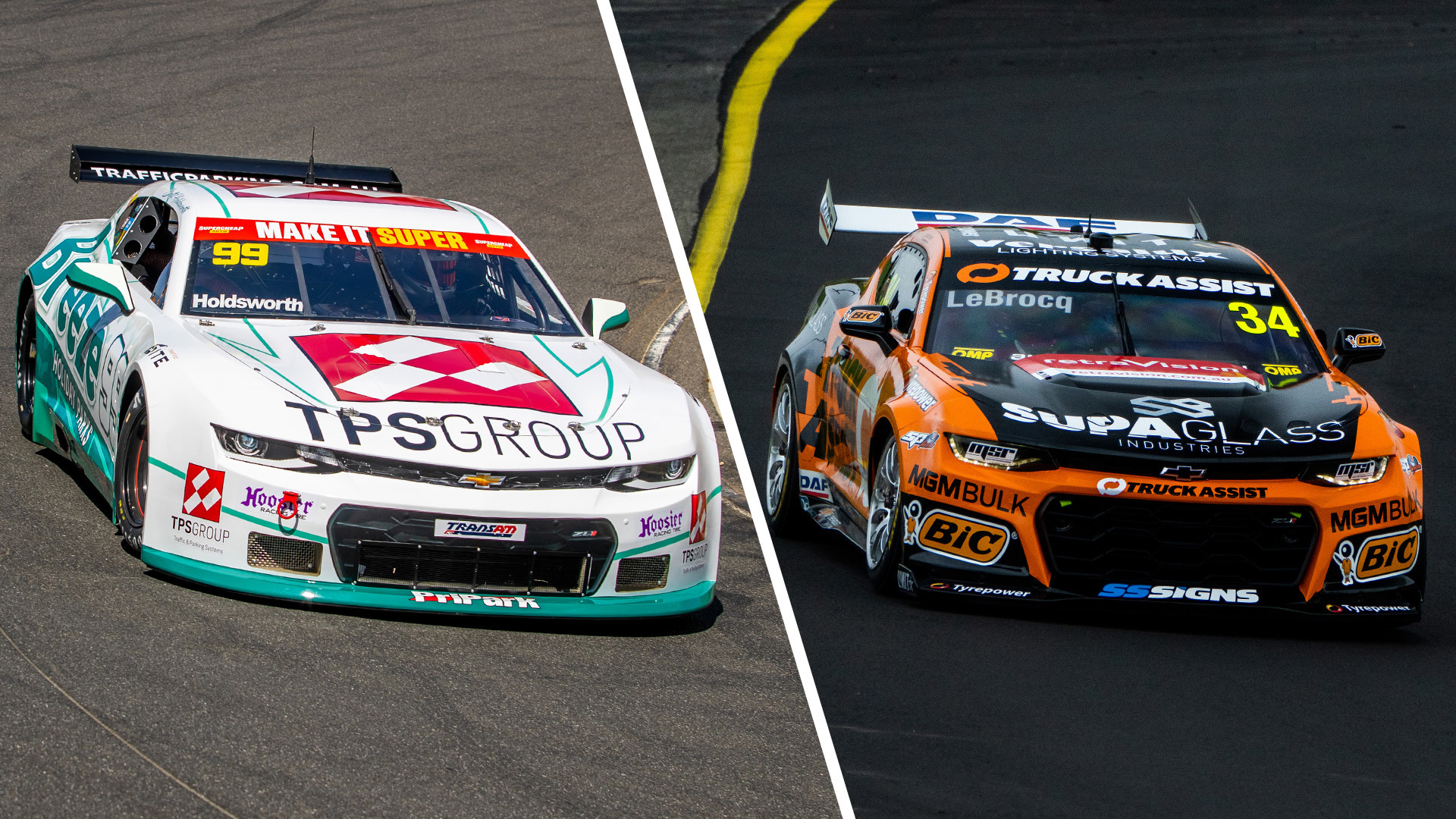
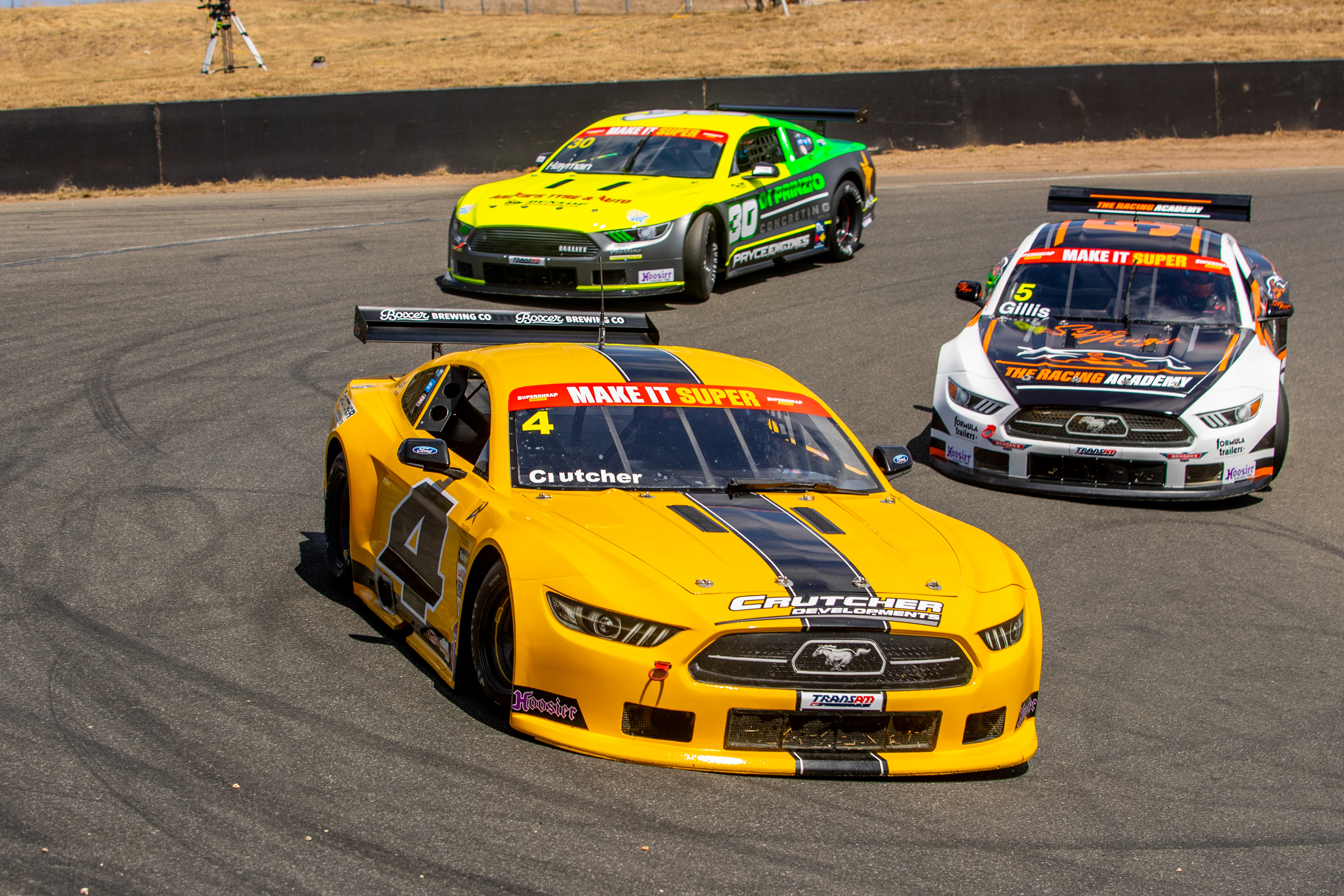
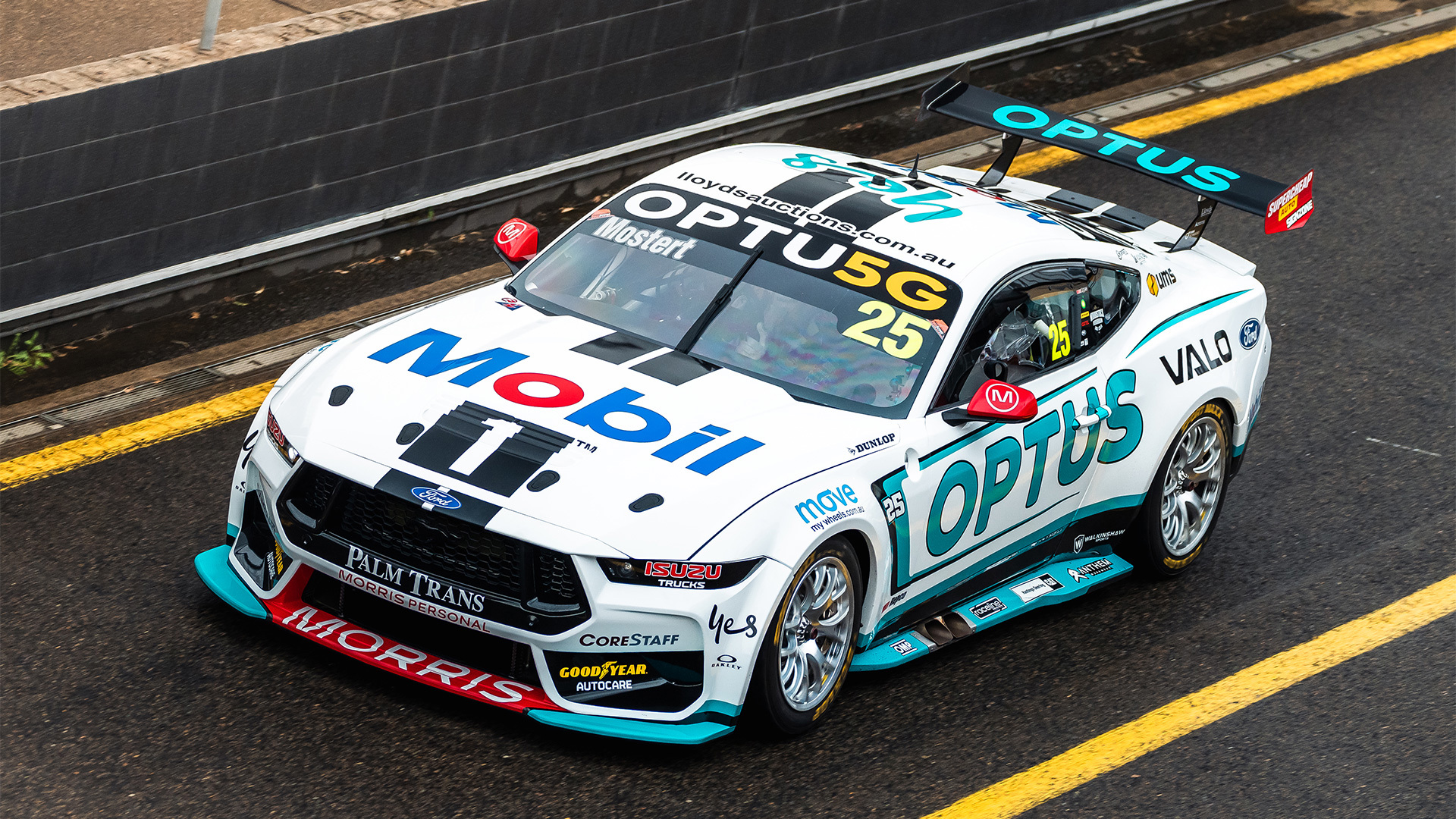
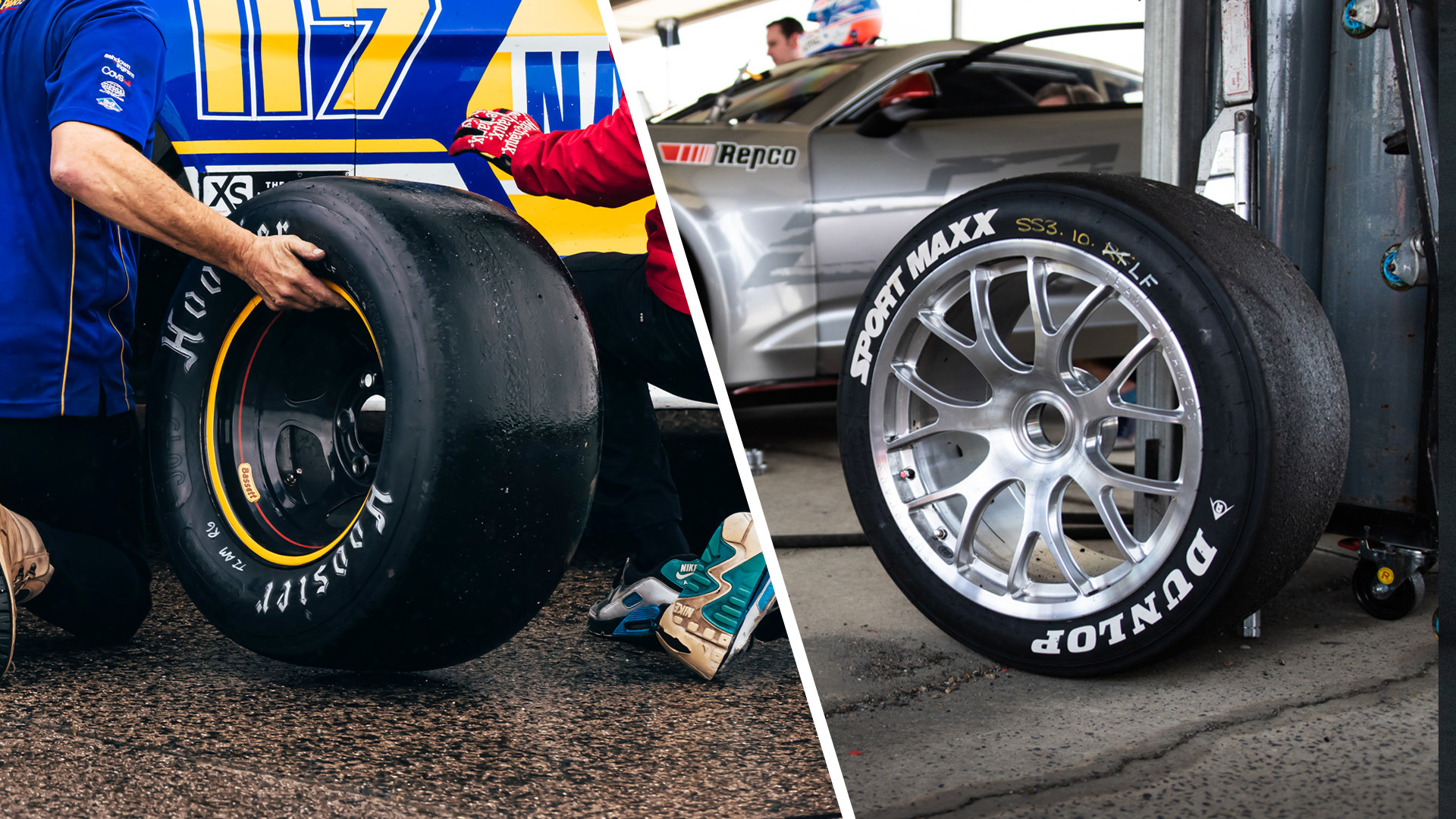
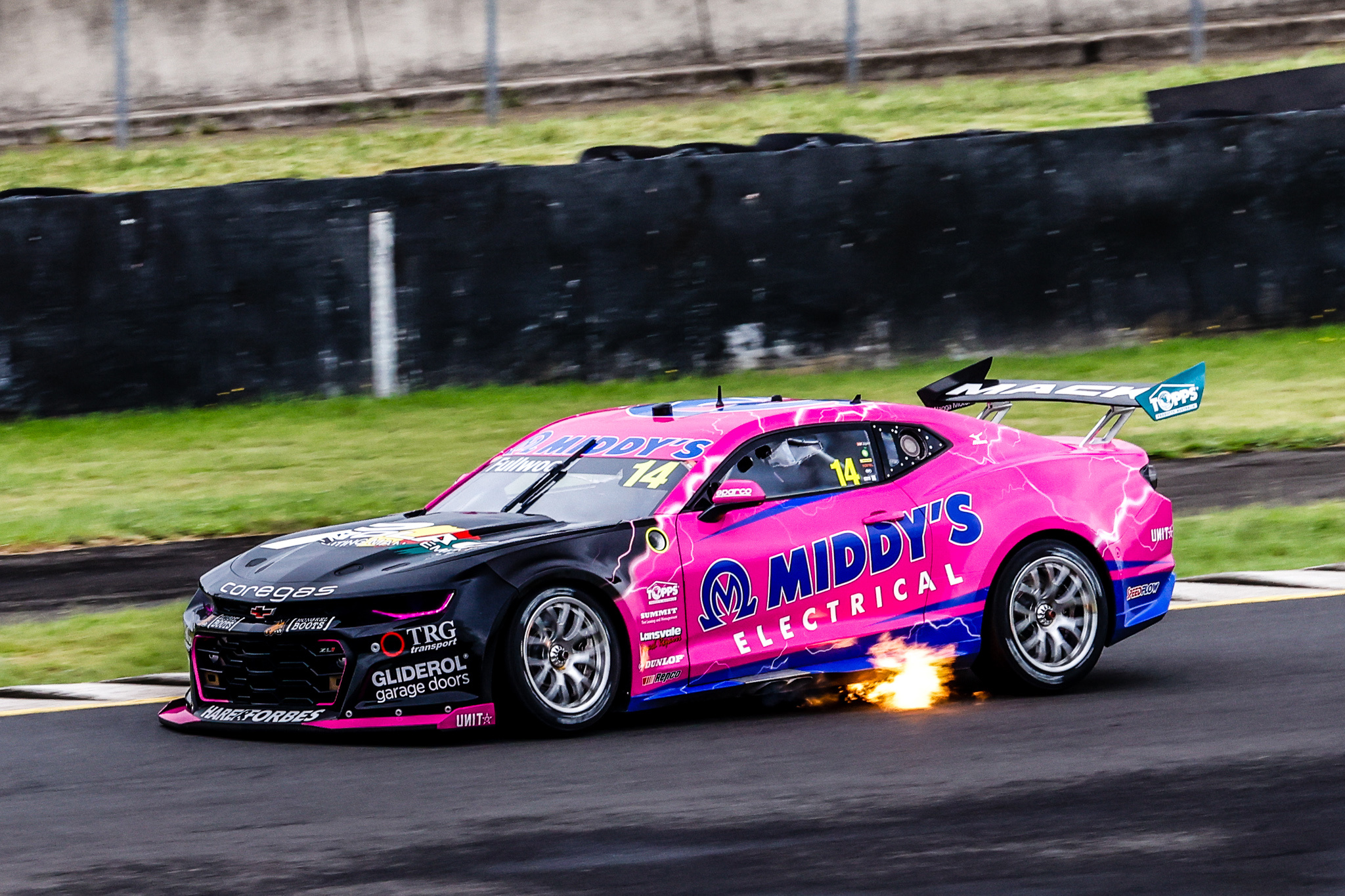
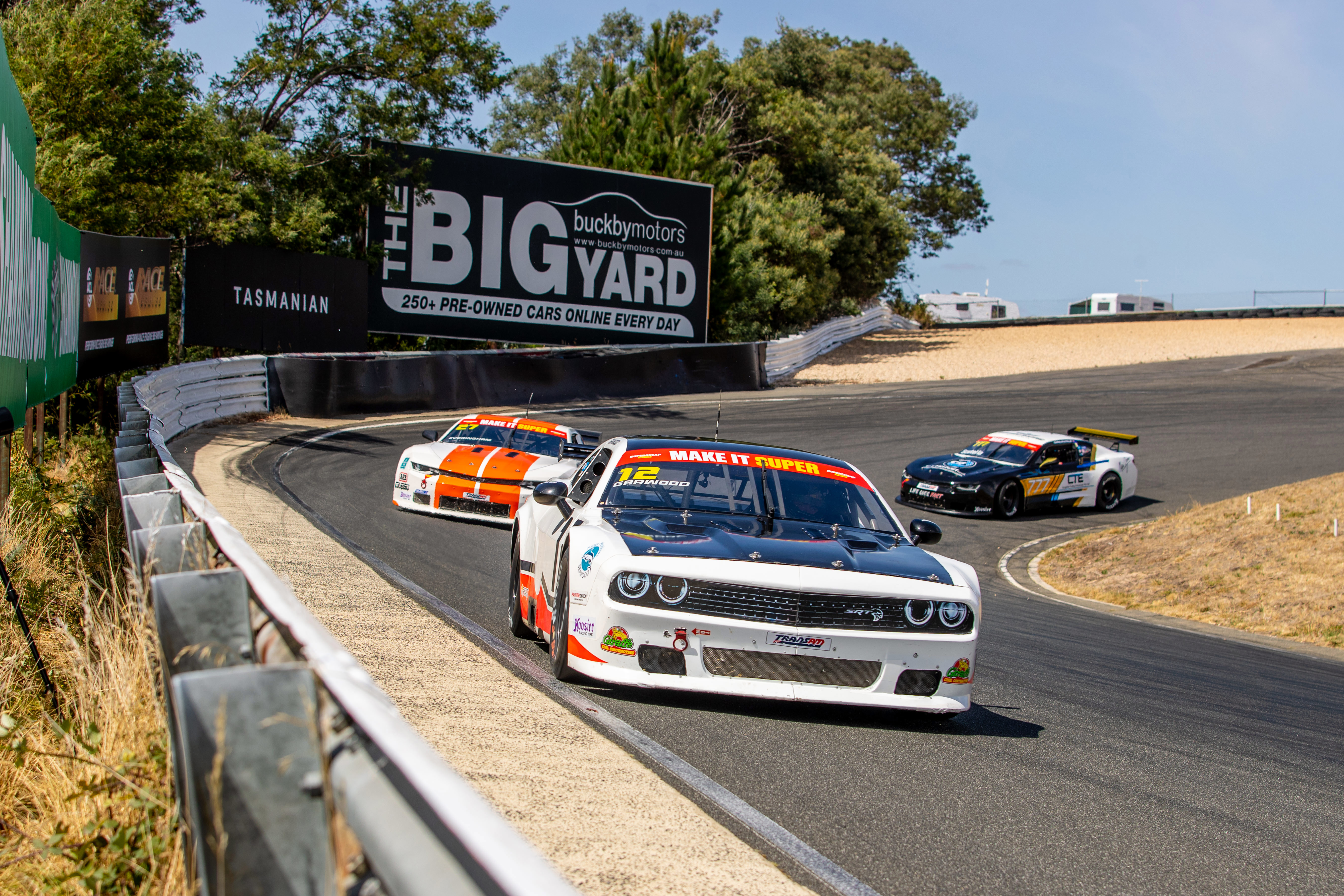
Leave a Reply
You must be logged in to post a comment.